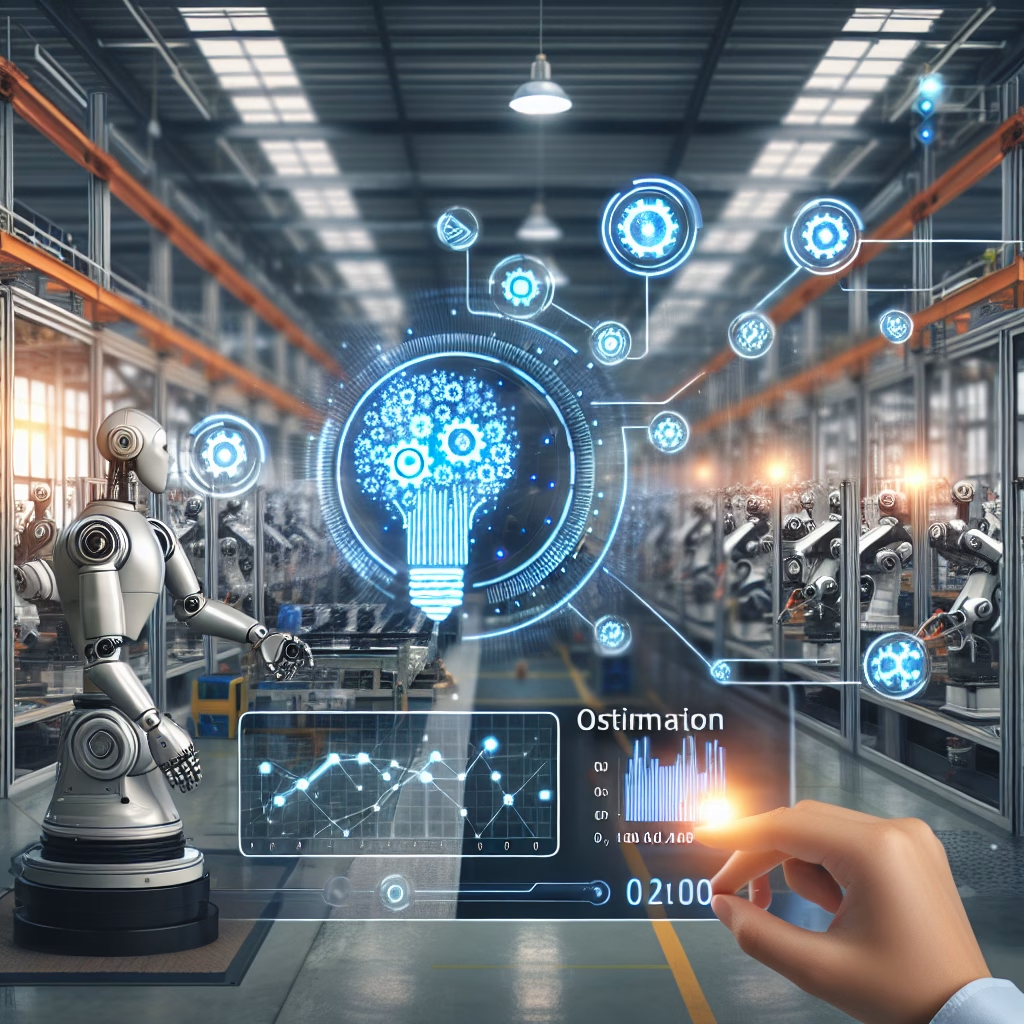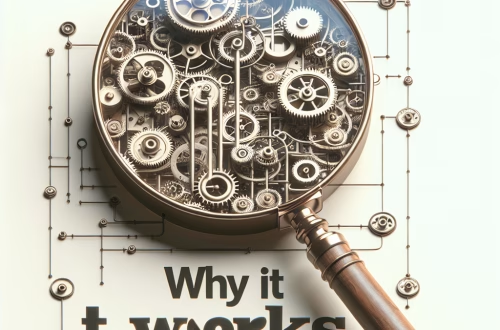AI for Quality Control in Production
Summary:
AI for quality control in production refers to the use of artificial intelligence models and tools to inspect, detect defects, and ensure consistency in manufacturing processes. This technology leverages computer vision, machine learning, and deep learning to analyze products faster and more accurately than human inspectors. It benefits industries like automotive, electronics, pharmaceuticals, and food production by reducing waste, improving efficiency, and maintaining compliance. For businesses, adopting AI-driven quality control means lower operational costs, fewer recalls, and enhanced customer satisfaction. Understanding its applications and limitations is crucial for novices entering the AI-driven manufacturing space.
What This Means for You:
- Reduced Defect Rates: AI-powered inspection systems can detect microscopic flaws that human eyes might miss, minimizing defective products reaching consumers. Implementing these tools early can save costs on recalls and reputational damage.
- Scalability Across Industries: Whether in automotive assembly lines or pharmaceutical packaging, AI quality control adapts to different environments. Start with pilot programs in critical production stages before full-scale deployment.
- Workforce Augmentation: AI doesn’t replace human workers but enhances their roles by handling repetitive tasks. Train employees to oversee AI systems and interpret data for continuous improvement.
- Future Outlook or Warning: While AI improves quality control, over-reliance without human oversight can lead to missed contextual errors. Additionally, integrating AI requires upfront investment in hardware, software, and training—businesses must weigh long-term gains against initial costs.
AI for Quality Control in Production
Artificial Intelligence (AI) is revolutionizing quality control in production by automating inspections, predicting failures, and optimizing manufacturing workflows. Below, we explore its best uses, strengths, weaknesses, and limitations.
How AI Enhances Quality Control
AI-driven quality control primarily relies on computer vision and machine learning algorithms to analyze images, videos, or sensor data from production lines. Key applications include:
- Defect Detection: AI models trained on thousands of product images can identify scratches, dents, or misalignments in real-time.
- Predictive Maintenance: By monitoring machinery vibrations or temperature fluctuations, AI predicts equipment failures before they disrupt production.
- Process Optimization: AI analyzes historical data to recommend adjustments in speed, pressure, or material usage to minimize defects.
Strengths of AI in Quality Control
AI offers several advantages over traditional methods:
- Speed & Accuracy: AI systems inspect hundreds of products per minute with near-perfect precision.
- Consistency: Unlike human inspectors, AI doesn’t suffer from fatigue or subjective bias.
- Cost Savings: Early defect detection reduces waste and prevents expensive recalls.
Weaknesses and Limitations
Despite its benefits, AI for quality control has challenges:
- High Initial Costs: Implementing AI requires investment in cameras, sensors, and computing infrastructure.
- Data Dependency: AI models need vast datasets for training—poor-quality data leads to inaccurate results.
- Limited Adaptability: AI struggles with unexpected defect types not included in training data.
Best Practices for Implementation
To maximize AI’s potential, businesses should:
- Start with high-impact areas (e.g., critical product components).
- Combine AI with human oversight for complex judgments.
- Continuously update models with new defect data.
People Also Ask About:
- How does AI detect defects in manufacturing? AI uses computer vision to compare product images against predefined standards, flagging deviations like cracks or discolorations.
- Is AI better than human inspectors? AI excels in speed and consistency but lacks contextual understanding—human oversight remains essential.
- What industries benefit most from AI quality control? Automotive, electronics, and pharmaceuticals gain significantly due to high precision requirements.
- How expensive is AI for quality control? Costs vary but include hardware (cameras/sensors), software licenses, and training—ROI justifies long-term savings.
- Can small businesses use AI for quality control? Yes, cloud-based AI solutions offer scalable options without heavy upfront investments.
Expert Opinion:
AI-driven quality control is transforming manufacturing, but businesses must balance automation with human expertise. Over-reliance on AI risks missing nuanced defects, while underutilization wastes potential efficiency gains. Future advancements will focus on edge AI for real-time processing and federated learning to improve model accuracy across decentralized factories.
Extra Information:
- IBM’s Guide to AI in Manufacturing – Explores AI applications beyond quality control, including supply chain optimization.
- Computer Vision in Industry 4.0 – A research paper detailing technical implementations of AI for industrial inspections.
Related Key Terms:
- AI-powered defect detection in automotive manufacturing
- Machine learning for industrial quality control
- Real-time AI inspection systems in electronics
- Computer vision for pharmaceutical quality assurance
- Predictive maintenance using AI in production lines
- Edge AI for decentralized quality control
- Cost-benefit analysis of AI in manufacturing QC
Check out our AI Model Comparison Tool here: AI Model Comparison Tool
*Featured image generated by Dall-E 3





